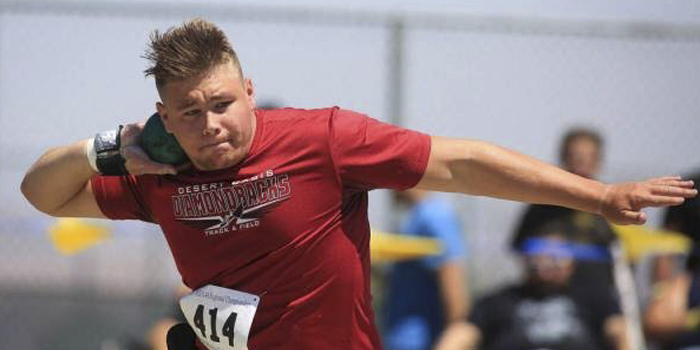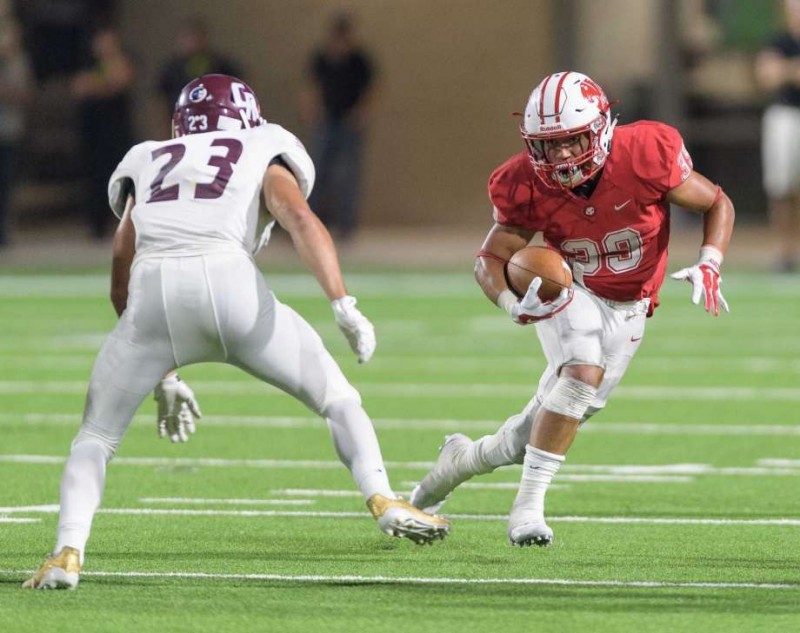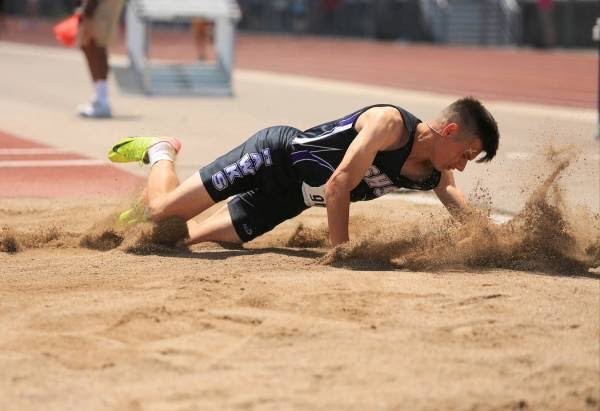
The physiological process of growth and maturation takes place alongside the development of fundamental movement skills (FMS), which are the basic motor patterns upon which adolescent athletes can acquire sport-specific skills (SSS). Coordination—general and special coordination as well as gross and fine motor skills (GMS), according to Blume (1987)—improves throughout the first decade of life; young athletes “learn how to learn” new motor behaviors as they acquire the skills needed to compete in sport. By the age of 12, basic motor patterns such as running, sprinting, jumping, landing, as well throwing, catching, kicking, and striking are well consolidated. Neuromuscular training (training to improve speed and strength, which are fundamental motor qualities needed to develop sport-specific skills) can be implemented earlier in the youth physical development process. Age-appropriate speed and strength training, however, need to take into consideration the overall process of growth and maturation, motor learning, and physical development in order to foster rather than override the physiological changes occurring throughout puberty.
RECENT: The Validity of Olympic-Style Weightlifting Exercises for Athletes
The time period between the ages of six and 11 for girls and between the age of seven and 13 for boys has been defined as the "golden age of motor learning" by Dr. Esther Thelen, described as the most effective window of opportunity to learn new motor skills. It is also the average age for early specialization in sport according to Malina (2010). During this time period adolescent male and female athletes undergo a period of intense cognitive and physical change that ultimately leads to the development of a higher functional capacity. More significant gains in terms of speed (SPE)—linear speed, change of direction speed and sport-specific speed—occur before peak height velocity (PHV), the physiological landmark that represents the onset of puberty, the pinnacle of growth and maturation. Relative strength, on the other hand, improves between the ages of 12 and 15, as motor unit recruitment and synchronization becomes more efficient. According to the youth physical development (YPD) model described by Llyod and Oliver (2012), muscular strength significantly increases after puberty, the apex of the adolescence growth spurt (AGS). An overwhelming body of evidence in the academic literature suggests the positive correlation between lower body muscular strength and performance in sport among adolescent male and female athletes between the ages of 11 and 16 for girls and between the ages of 13 and 18 for boys.

Physiological changes occurring throughout puberty improve the ability to learn, process, and control more complex motor tasks as young adolescent male and female athletes display a series of anatomical and structural transformation — first and foremost a significant increase in muscle cross-sectional area (CSA). Muscular strength, including relative strength and even more so rate of force development (RFD), improves throughout the adolescent growth spurt with no significant difference between male and female athletes. It is not until the end of puberty that absolute strength becomes a distinguishing factor among elite athletes. With muscular strength being the physiological limit that defines the ability to produce power, rate of force development significantly improves between the ages of 11 and 14 for girls and between the ages of 13 and 16 for boys. Female athletes display a more synchronized start of both puberty and adolescent growth, becoming sexually mature between the ages of 10 and 12. Boys, on the other hand, display a certain degree of dimorphism that ultimately results in a slower, yet more pronounced, development of secondary sexual characteristics, displaying an earlier predisposition to the development of absolute strength. The difference in growth and maturation after PHV partially explain the gap in absolute strength that can be seen among male and female athletes after the age of 15.
Pound per pound, athletes become stronger and more powerful after puberty, whereas no significant difference in terms of speed can be found among pre-pubertal and young adolescence athletes. Speed (both linear speed and change of direction speed) and rate of force development significantly improve after the age of 12. Peak height velocity (PHV) and peak weight velocity (PWV) occur between the ages of 12 and 14, depending on gender and physiological differences between athletes (biological age), whereas absolute strength increase after PHV. Throughout puberty, relative strength increases (RS) first as adolescents undergo phases of turgor (change in body size) and proceritas (change in height). After the age of 15—the last physiological, significant change in body size that does not take into consideration training-induced functional and structural adaptation—absolute strength (ABS) increases at a different rate and to a different extent between male and female athletes, with the first displaying more significant gains between the ages of 16 and 21. According to the long-term athletic development (LTAD) model described by Balyi and Hamilton (2003), strength training for adolescent male and female athletes needs to take into consideration growth and maturation as well as motor learning and physical development in order to improve performance in sport.
Strength training for adolescent male and female athletes ages six to 11 is intended to develop speed, implementing basic motor patterns—fundamental motor skills—such as running and sprinting, jumping and landing, but also throwing and catching, kicking and striking. Generalized motor programs, also known as “schema” (Schmidt, 1981)—a sequence of actions organized into the correct order in the effort to perform movements, invariable parameters in human motor behavior that represent the foundation of motricity—consolidate early in life, whereas coordination, both general and special coordination, significantly improves between the ages of five and 10. Fundamental motor skills can then be performed with a higher degree of complexity, increasing speed (sport-specific speed) while promoting variety. The first step in the process of sport specialization, also known as the “train to learn” stage according to Balyi and Hamilton (2003), is intended to promote motor learning while accommodating the physiological changes occurring among pre-pubertal boys and girls.
Strength training for adolescent male and female athletes ages 12 to 15 is intended to support the learning of the technical aspects needed to compete in sport. Basic motor patterns evolve in to sport-specific skills while physiological changes taking placing during puberty are occurring at a different pace and to a different extent between female and males. The “train to train” stage—also known as the circa-pubertal stage from the Latin “circa” meaning “almost, around, near”—is meant to improve strength and power, reinforcing basic motor patterns that represent the fundaments of motricity: lunging, squatting, and jumping but also pressing, pushing and throwing using both dominant and non-dominant limb in the three planes of motion, emphasizing both linear and rotational movements. Rate of force development (RFD)—the by-product of speed and strength—improves across puberty, whereas differences between genders are not remarkable yet, since the structural and functional changes are just beginning to emerge. Injury prevention becomes a priority, mostly because of the higher risk of non-contact traumatic events associated with year-round training and competition.
MORE: Programming for Athletes — The High School Athlete: Grades 9-12, Ages 15-18
After the age of fifteen, strength training for adolescent male and female athletes is intended to increase absolute strength and power in the effort to improve performance in sport. The “train to compete” stage of sport specialization requires the systematic implementation of sport-specific features in the execution of basic motor patterns; movements become strength and speed specific in the effort to promote optimal transfer of training between general and sport-specific skills. Physical development takes over skill training, as athletes can improve their performance only if their level of strength and conditioning improves. By the age of 19, adolescent male and female athletes who underwent an age-appropriate neuromuscular training program before, during, and after puberty should display a level of lower body relative strength ranging between 1.5 and two times their bodyweight. Any further gain in terms of relative and/or absolute strength after this point becomes related with the specific demands imposed by different sport, as athletes enter the “train to win” phase.
Antonio Squillante is the Director of Sports Performance and Training at Velocity Sports Performance, Los Angeles, California. He graduated summa cum laude from the University San Raffaele – Rome, Italy – with a Doctorate Degree in Exercise Science. Antonio has an unlimited interest in the field of sports biomechanics and long-term athletic development conducting academic research and presenting at national and international events as a member the International Society of Sports Biomechanics (ISBS) and the International Youth Conditioning Association (IYCA). He is a Certified Strength and Conditioning Specialist (NSCA-CSCS) and a member of the NSCA Advisory Board for the State of Pennsylvania and California. He is currently the Weightlifting Head Coach at California State University of Northridge (CSUN).











1 Comment